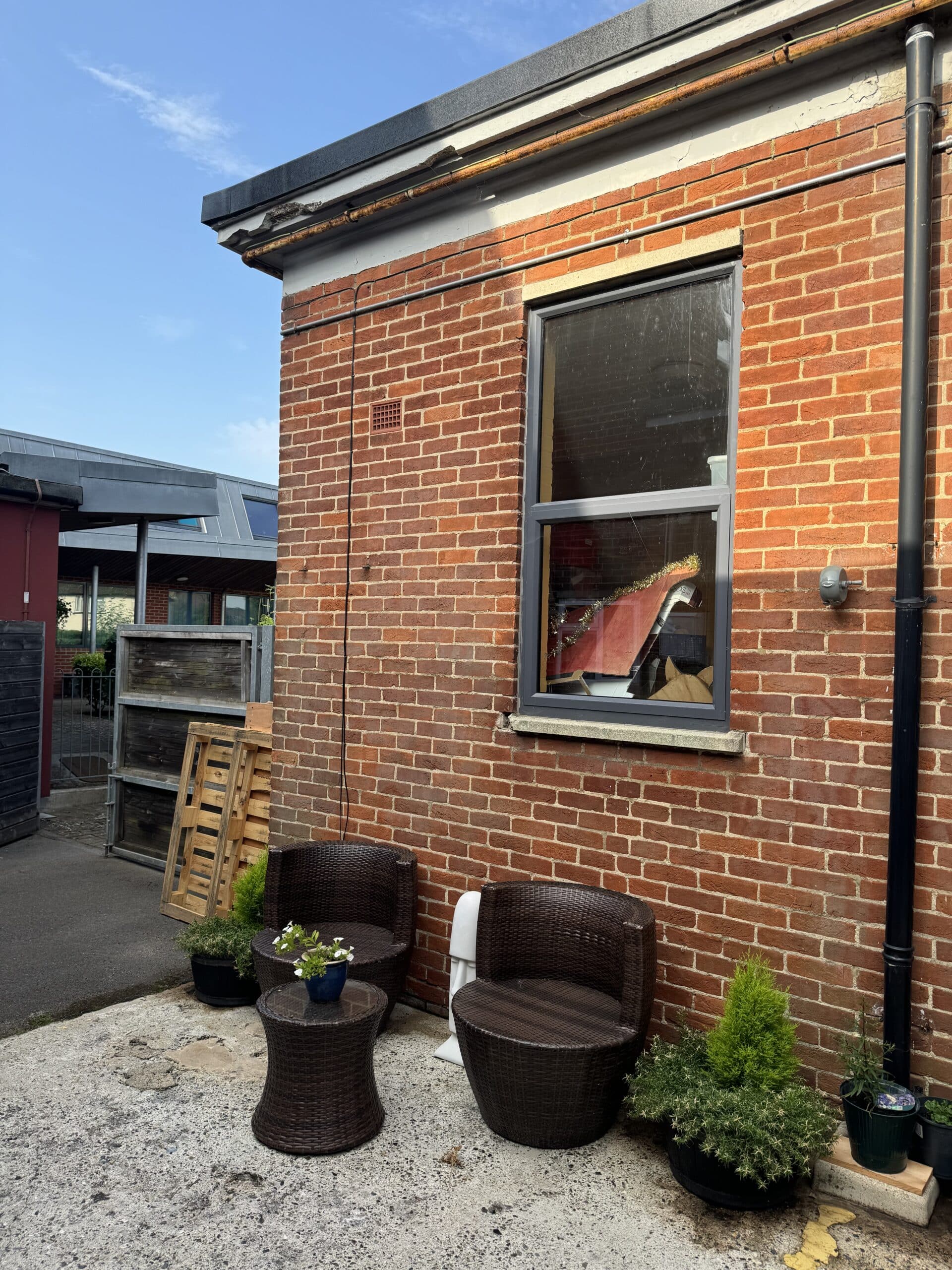
Spalling Concrete: The Silent Threat to Structural Integrity and Safety
Spalling concrete is a pervasive issue that plagues structures worldwide, often lurking beneath the surface until it becomes a visible and dangerous problem. This phenomenon, where concrete cracks and flakes away from the underlying substrate, poses significant risks to the integrity and safety of buildings, bridges, and other concrete structures.
UK’s RAAC Crisis Exposes Spalling Concrete Dangers
A stark reminder of this threat recently made headlines across the UK. The Department for Education (DfE) in England instructed 104 schools and colleges to partially or fully close buildings at risk, mere days before the start of a new academic year. The culprit? Reinforced Autoclaved Aerated Concrete (RAAC), a lightweight material used in construction between the 1950s and 1990s, now known to be prone to sudden collapse. This crisis has led to widespread disruption, with schools scrambling to find alternative accommodations and ensure student safety.
Sarah Skinner, CEO of Penrose Learning Trust, which oversees three affected schools, described the situation as “incredibly challenging”. With dozens of classrooms, gyms, and even kitchens out of use, schools are resorting to temporary structures and marquees to continue operations. This real-world example underscores the critical importance of understanding and addressing spalling concrete and related structural issues.
Safeguarding Structures: Mastering Spalling Concrete Prevention
In this comprehensive guide, we’ll explore the causes and consequences of spalling concrete, and why regular inspections and timely repairs are crucial for maintaining the longevity and safety of our built environment. Understanding spalling concrete is the first step in preventing potentially catastrophic structural failures and ensuring the continued reliability of our concrete infrastructure.
Understanding Spalling and Delamination
Spalling is a term used to describe areas of concrete that have cracked and flaked off from the substrate. Spalled concrete can range from small chips to large sections of crumbling concrete. Delamination, on the other hand, refers to the separation of concrete layers, often invisible from the surface. Both spalling and delamination can affect a wide variety of structures, including concrete-framed buildings, multi-storey car parks, bridges, jetties, tanks, and bunds.
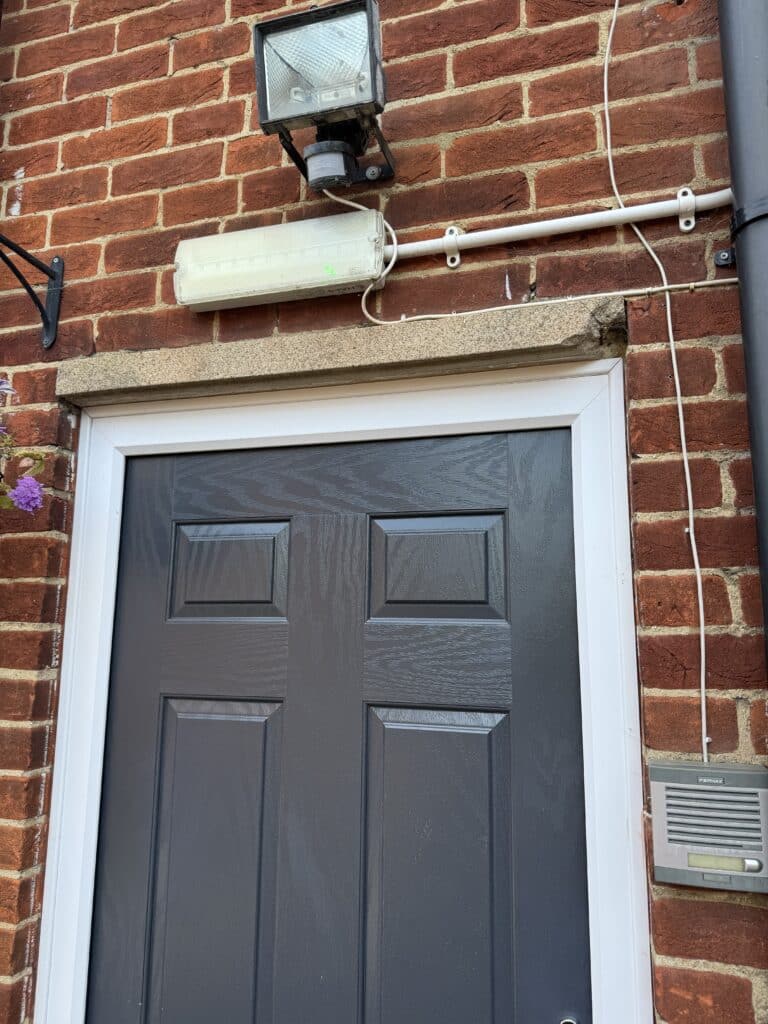
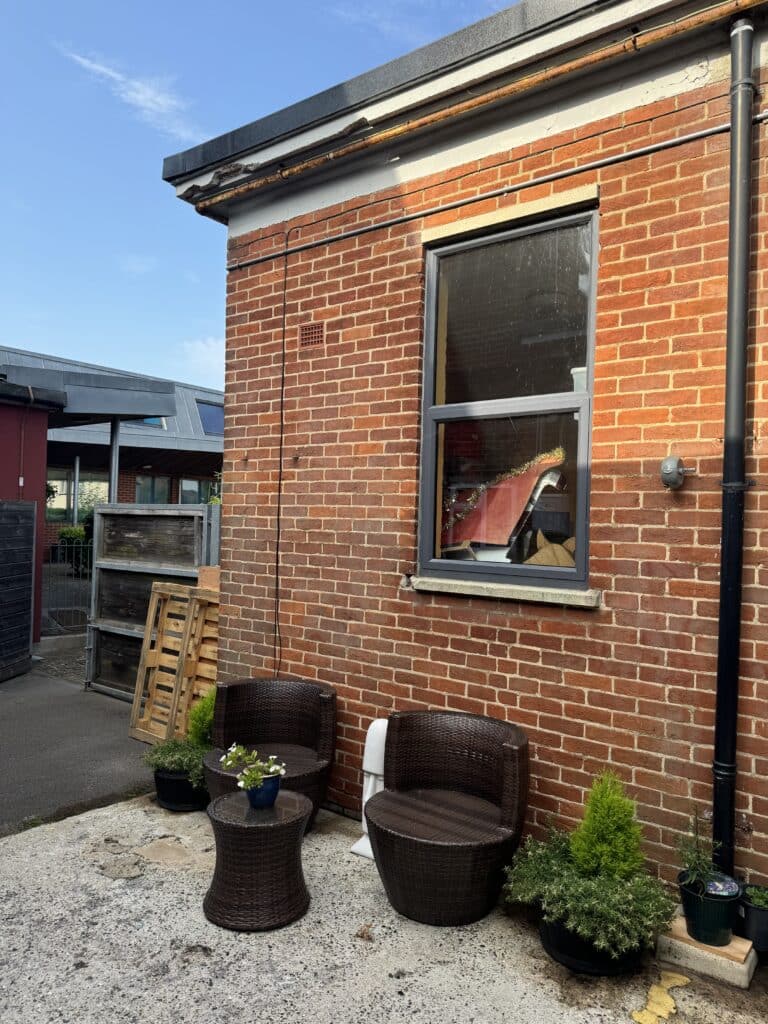
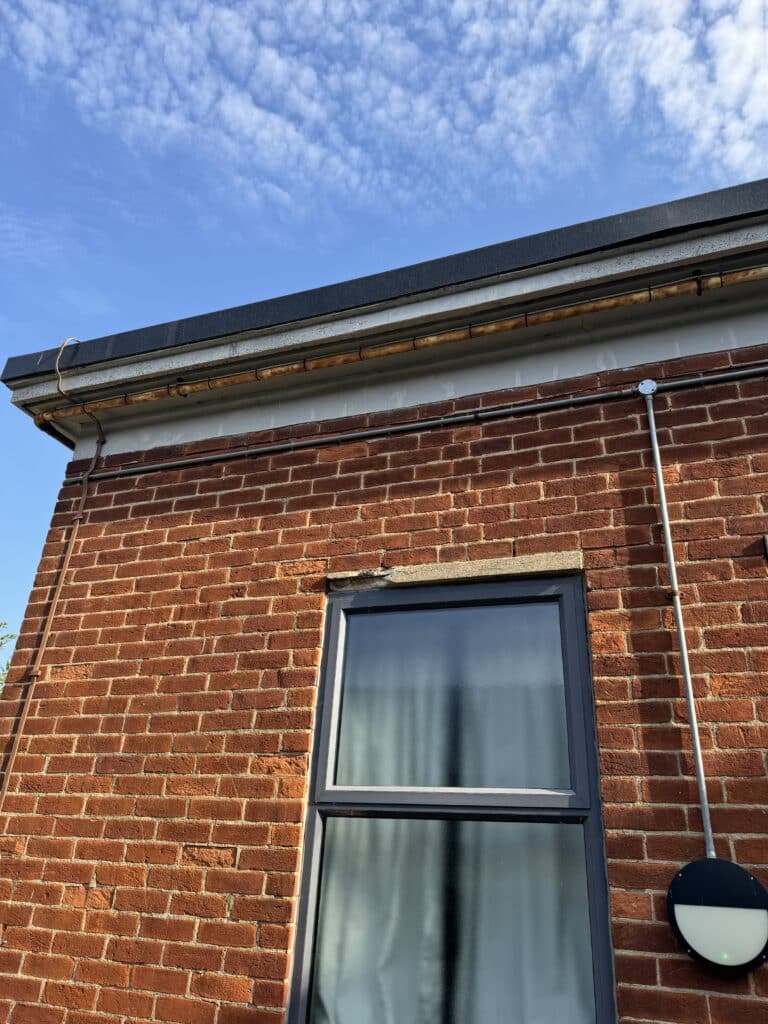
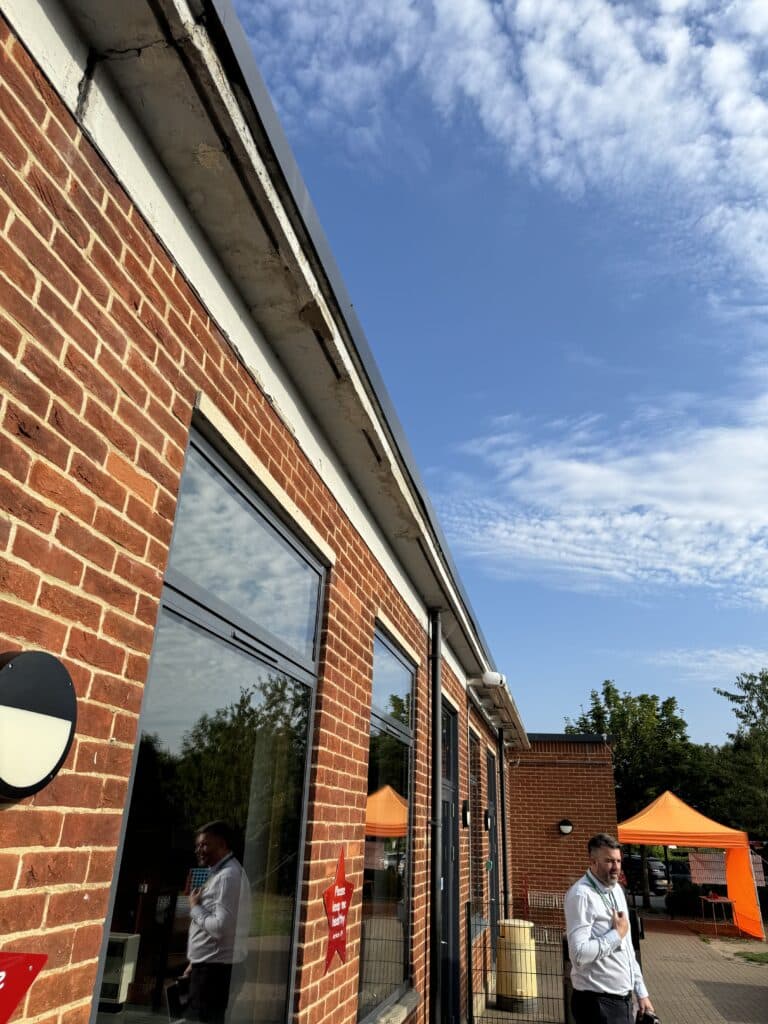
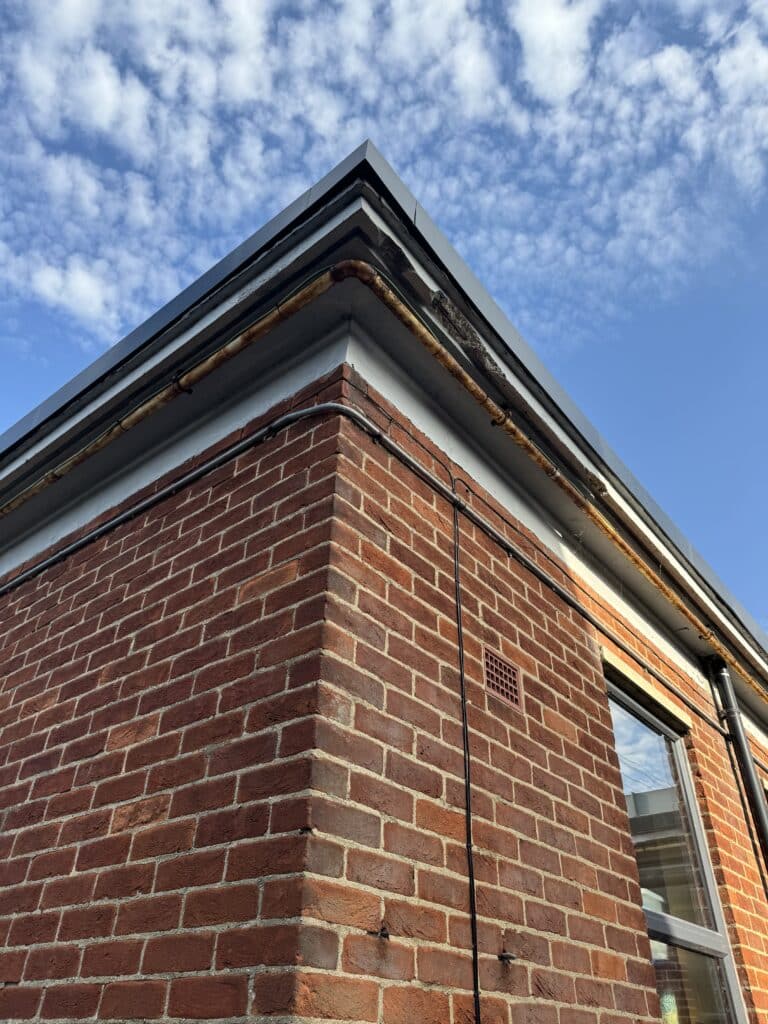
The Root Causes of Spalling and Delamination
Several factors can contribute to these issues:
- Corrosion of Reinforcement: The most common cause of spalling is the corrosion of embedded steel reinforcement bars or sections. As steel corrodes, it can expand up to ten times its original volume, exerting stress on the surrounding concrete.
- Carbonation: The naturally high alkalinity of concrete protects embedded steel from corrosion. However, this protection can be compromised by the ingress of acidic atmospheric gases, a process known as carbonation.
- Salt Contamination: The presence of salts in concrete, typically from marine environments or de-icing salts, can accelerate corrosion and lead to spalling.
- Environmental Factors: Freeze-thaw cycling, exposure to fire, and the expansive effects of Alkali Silica Reaction can also lead to spalling and delamination.
- Poor Construction Practices: Improper curing, inadequate concrete cover, or the presence of laitance (a weak layer of cement and fine particles on the surface) can contribute to delamination.
The Consequences of Ignoring a Spalling Concrete
Failing to address these issues can lead to a host of problems:
- Safety Hazards: In public areas or workplaces, spalling can create falling debris or trip hazards.
- Accelerated Deterioration: If left unchecked, spalls and delamination tend to spread and accelerate, potentially compromising the structure’s stability.
- Aesthetic Decline: Spalled concrete makes a structure look neglected and unattractive.
- Financial Impact: The value of a deteriorating structure diminishes, while maintenance costs increase as corrosion and spalling become more widespread.
- Legal Implications: Legislation places a duty of care on owners to ensure structures are not hazardous to users.
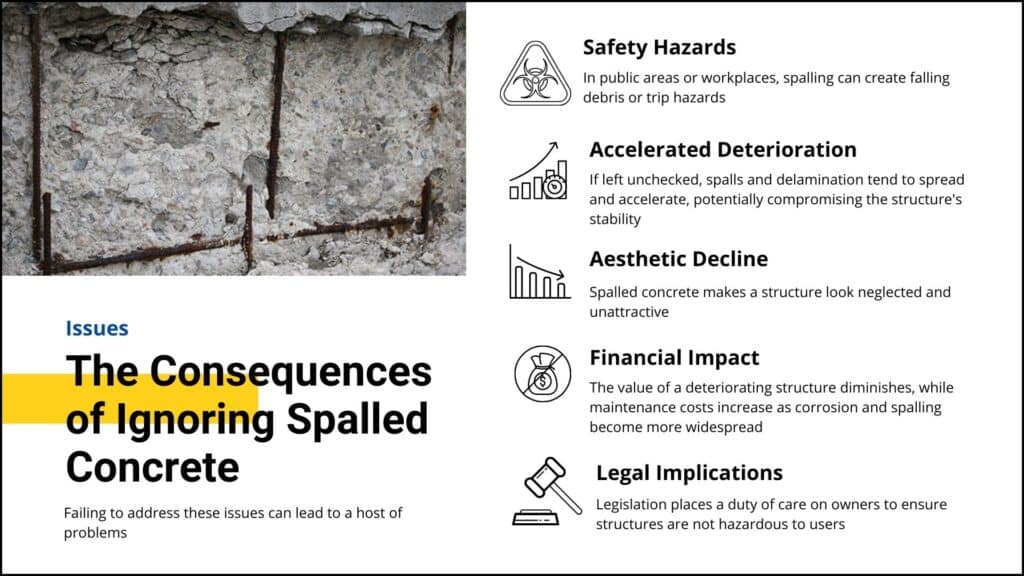
The Importance of Regular Surveys
Given the potential consequences of spalling and delamination, regular concrete surveys are crucial for structural integrity and safety.
These assessments can:
- Identify Early Signs of Deterioration: Detect issues before they become visible or cause significant damage.
- Assess the Extent of Damage: Determine the scope and severity of existing spalls and delaminated areas.
- Guide Repair Strategies: Inform decisions about the most appropriate repair methods and materials.
Prevent Costly Repairs: Early detection and intervention can save significant money in the long run.
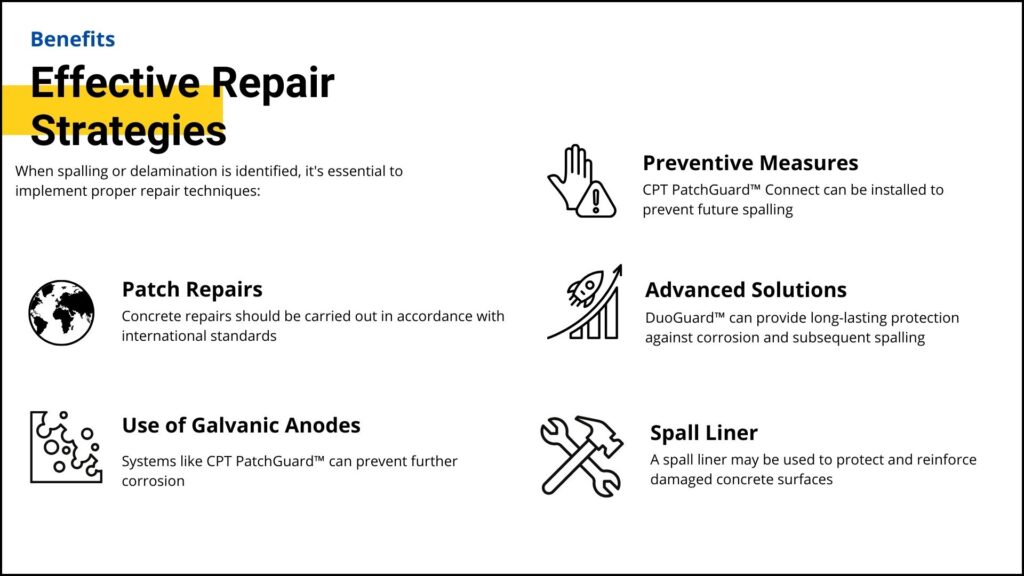
Effective Repair Strategies
When spalling or delamination is identified, it’s essential to implement proper repair techniques:
- Patch Repairs: Concrete repairs should be carried out in accordance with international standards such as BS EN 1504 in Europe and the UK, or ACI CODE-562-21 in the USA.
- Use of Galvanic Anodes: Systems like CPT PatchGuard™ can prevent further corrosion around repair areas, extending the life of patch repairs.
- Preventive Measures: In sound but contaminated areas, technologies like CPT PatchGuard™ Connect can be installed to prevent future spalling.
- Advanced Solutions: For aggressive environments, hybrid systems like DuoGuard™ can provide long-lasting protection against corrosion and subsequent spalling.
- Spall Liner: In some cases, a spall liner may be used to protect and reinforce damaged concrete surfaces.
Conclusion
Spalling and delamination threaten structural integrity. Regular maintenance ensures safety, longevity, and value, preventing costly failures and future risks.
Don’t wait for visible signs of damage to appear. Contact a professional concrete repair specialist today to schedule a comprehensive survey of your structure. Remember, when it comes to spalling and delaminated concrete, prevention is always better – and more cost-effective – than cure.